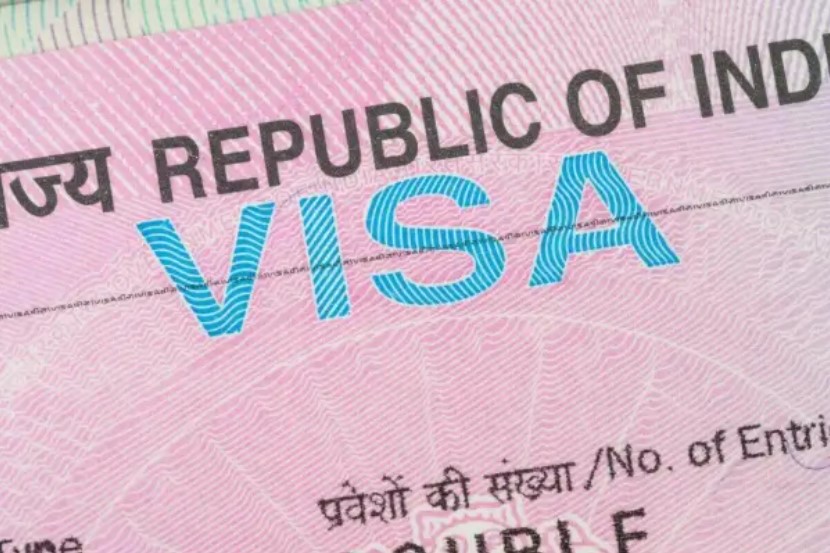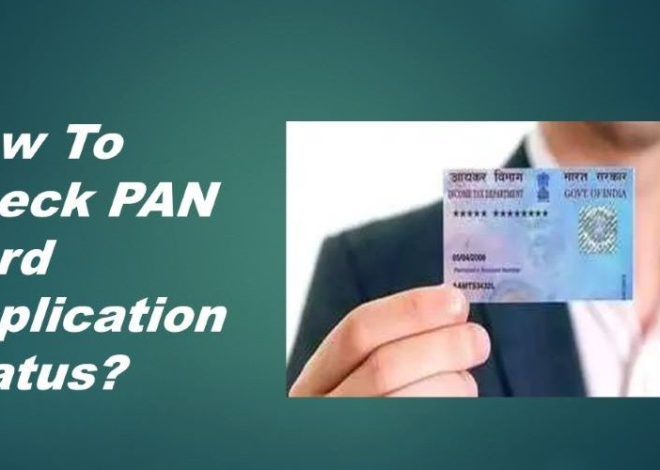
Indian Visa for Visiting Agra: Everything You Need to Know
Introduction:
Agra, home to one of the most iconic landmarks in the world—the Taj Mahal—draws millions of visitors each year. This city not only boasts the stunning architectural beauty of the Taj Mahal but also features other historical gems like the Agra Fort and Mehtab Bagh. For international travelers planning a visit to this culturally rich destination, obtaining the correct visa is an essential part of the journey. The process of applying for an Indian visa may seem daunting, but understanding what you need to know can simplify your travel planning. This article serves as a complete guide to obtaining an Indian visa for visiting Agra, covering everything from visa types to application processes and essential tips for your trip.
Paragraph 1: Types of Indian Visas Available for Travelers
Before planning your visit to Agra, it’s important to understand the different types of Indian visas available. For tourists, the most common visa options are the e-Visa and the regular tourist visa. The e-Visa is a convenient online application that allows travelers from eligible countries to apply for a short-term stay in India for tourism, business, or medical purposes. Valid for 30 days, 1 year, or 5 years, it is an ideal choice for most tourists. On the other hand, the regular tourist visa is better suited for those seeking a longer stay or those whose nationality does not qualify for the e-Visa. Knowing the type of visa that best fits your travel plans is the first step in ensuring a hassle-free experience.
Paragraph 2: Understanding the E-Visa Application Process
The e-Visa application process is user-friendly and straightforward, making it an increasingly popular choice among international travelers. Applicants must visit the official Indian government e-Visa website and fill out the online application form. Essential information includes personal details, travel dates, and passport information. Additionally, applicants are required to upload a recent passport-size photograph and a scan of their passport’s bio page. After submitting the application and paying the required fee (which varies depending on the visa duration), travelers will typically receive their e-Visa approval via email within 72 hours. This expedited process takes much of the stress out of visa acquisition, allowing travelers to focus on planning their visit to Agra.
Paragraph 3: Requirements for a Regular Tourist Visa
For those who prefer or need a regular tourist visa, the application process is slightly more complicated but still manageable. Applicants should gather essential documents, including a valid passport with at least six months’ validity beyond their intended stay, recent passport-sized photographs, an application form, and travel itineraries. Furthermore, proof of accommodation, such as hotel bookings or an invitation letter, may be required. It’s also advisable to provide evidence of sufficient financial means to cover your expenses during your stay. This documentation will be submitted at the nearest Indian embassy or consulate, where travelers may have to attend an interview as part of the application process.
Paragraph 4: Best Times to Visit Agra
Timing your visit to Agra can significantly enhance your experience. The best time to visit this historic city is during the cooler months, from October to March, when temperatures are more pleasant for outdoor exploration. Visiting during the monsoon season (June to September) can result in heavy rainfall, which might disrupt travel plans or outdoor activities. Conversely, summer (April to June) can be extremely hot, making sightseeing uncomfortable. Regardless of when you visit, ensure that you check local festivals or events, such as the Taj Mahotsav, which usually occurs in February and offers a rich cultural experience with crafts, music, and dance.
Paragraph 5: Exploring Agra Beyond the Taj Mahal
While the Taj Mahal is undoubtedly the highlight of any trip to Agra, the city is brimming with other attractions worth exploring. The Agra Fort, a UNESCO World Heritage Site, features stunning Mughal architecture and provides breathtaking views of the Taj Mahal from its ramparts. Additionally, a visit to Mehtab Bagh, a garden located across the Yamuna River, offers a stunning sunset view of the Taj Mahal—perfect for photography enthusiasts. For those looking to delve deeper into Agra’s cultural fabric, local markets such as Sadar Bazaar offer traditional handicrafts and delicious street food, allowing visitors to soak in the vibrant atmosphere of the city.
Paragraph 6: Navigating Transport in Agra
Upon arrival in Agra, getting around can be straightforward with several transportation options. Taxis and auto-rickshaws are widely available, providing convenient means of travel to popular sites. You may also consider hiring a local guide or booking private tours for a more immersive experience. For those who prefer to explore on foot, many attractions are located within close proximity to each other, making walking a pleasant option, especially in the cooler months. It’s advisable to agree on fares before getting into any taxi or rickshaw, as meter rates may not always be in use.
Paragraph 7: Essential Travel Tips for Visiting Agra
As you plan your visit to Agra, consider a few essential travel tips to enhance your experience. First, stay hydrated and wear sunscreen, especially if you plan on exploring the city during the daytime. Dress modestly when visiting religious sites, as it is respectful to local customs. Always carry local currency, as small vendors may not accept credit cards. Additionally, be sure to familiarize yourself with local customs and etiquette to show respect for Indian culture. Lastly, make sure to have copies of your travel documents, including your visa, passport, and accommodation details, in case you need them during your travels.
Conclusion: Enjoying a Memorable Journey to Agra
In conclusion, obtaining an Indian visa for your visit to Agra is a crucial step towards experiencing the city’s rich heritage and breathtaking landmarks. Whether you choose the hassle-free e-Visa or opt for a regular tourist visa, understanding the application process and requirements will enhance your travel experience. With its stunning Indian Visa from Brazil architectural sites, rich cultural experiences, and convenient transportation options, Agra offers an unforgettable journey for visitors. By planning wisely, curious travelers can explore this enchanting city while creating memories that will last a lifetime. Enjoy your adventure in Agra and prepare to be captivated by one of India’s most remarkable treasures!


